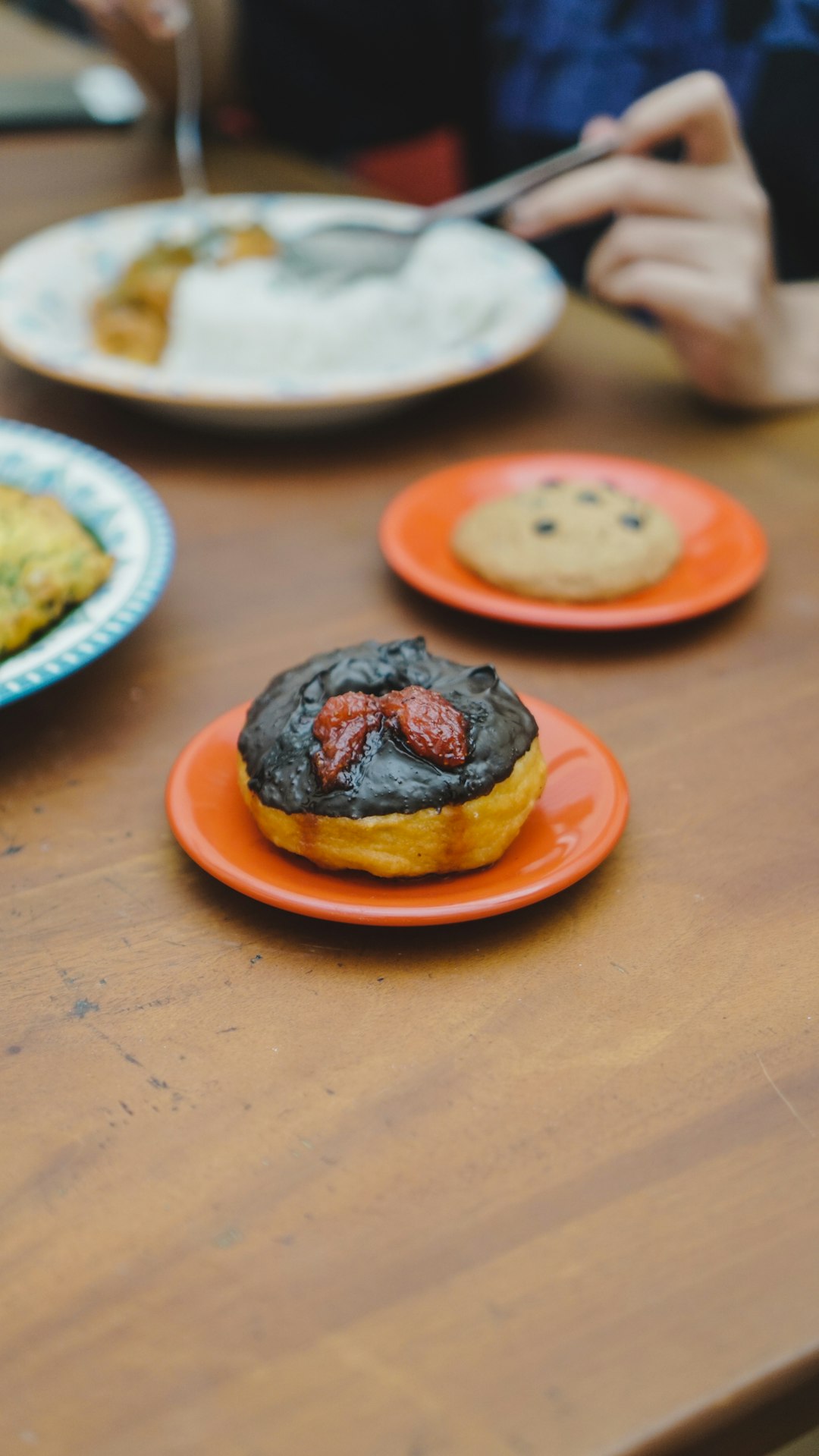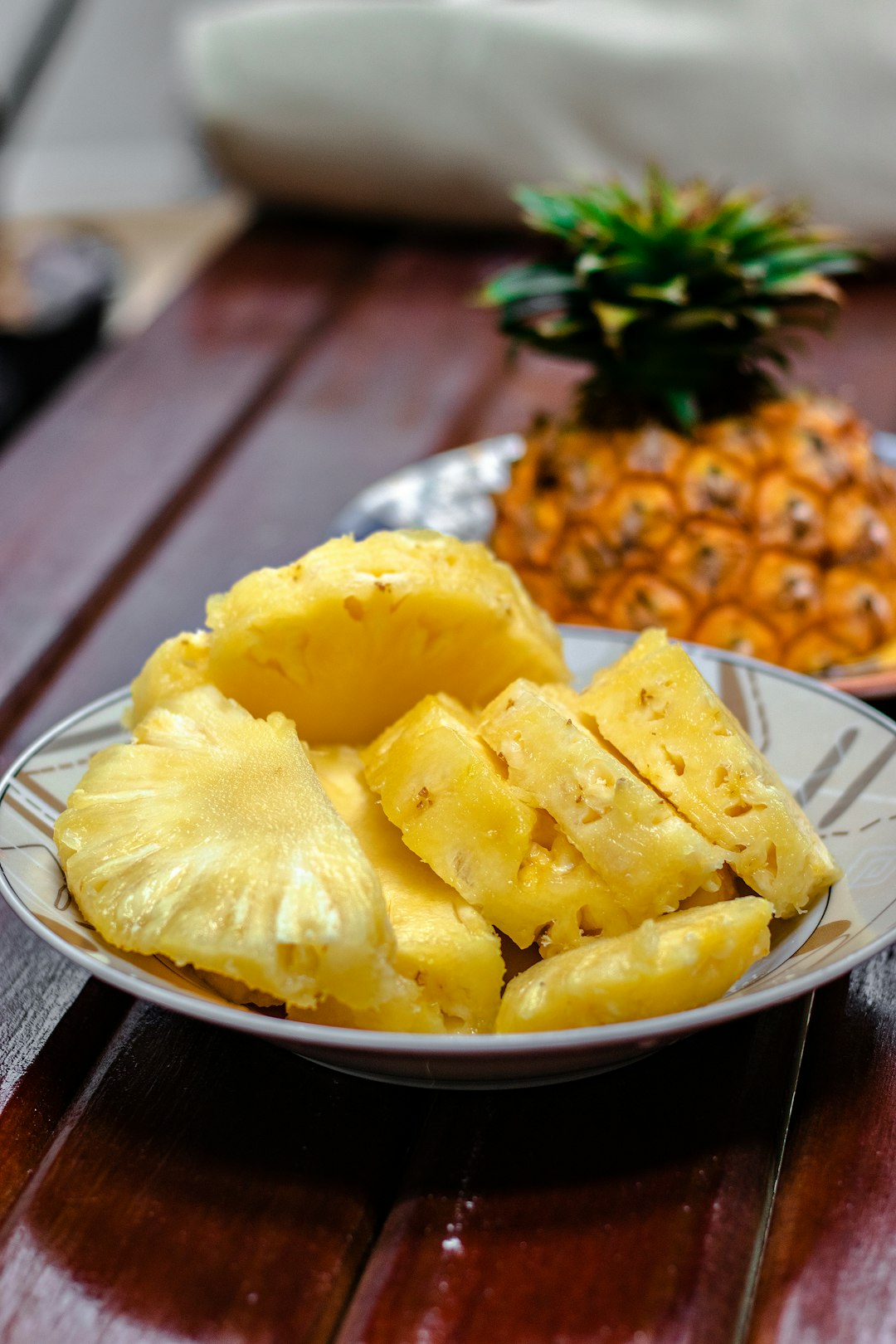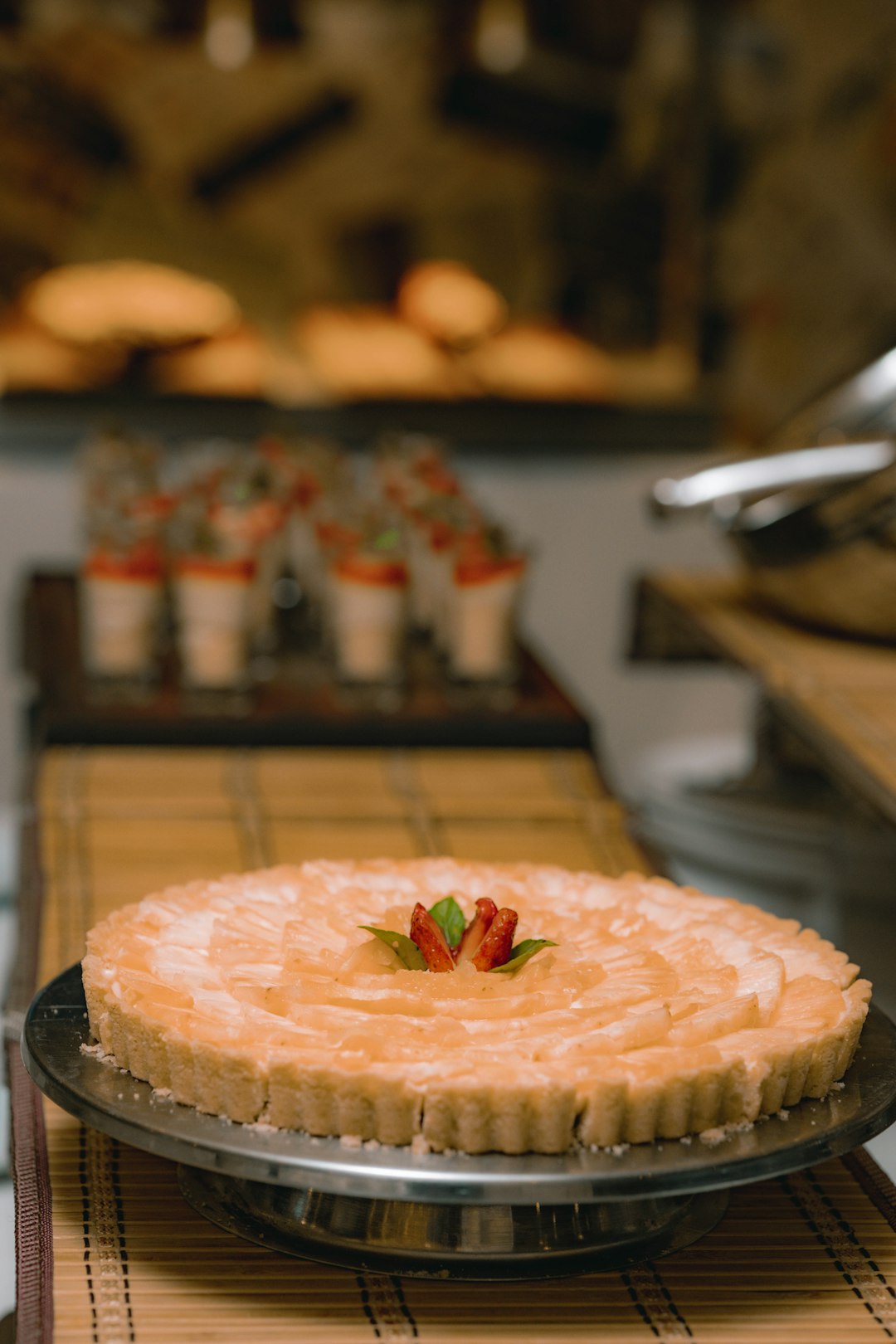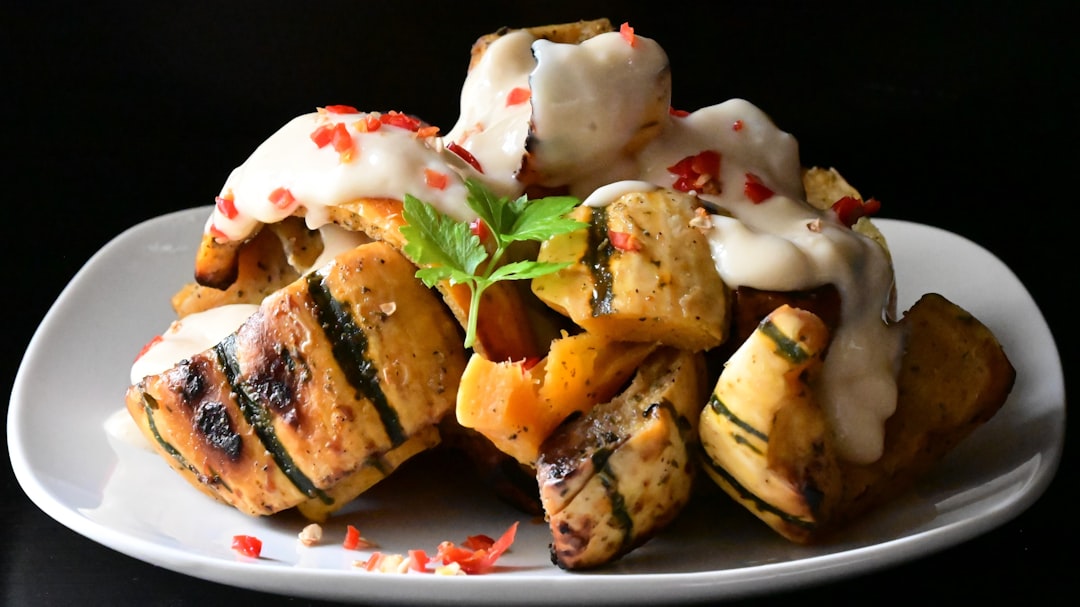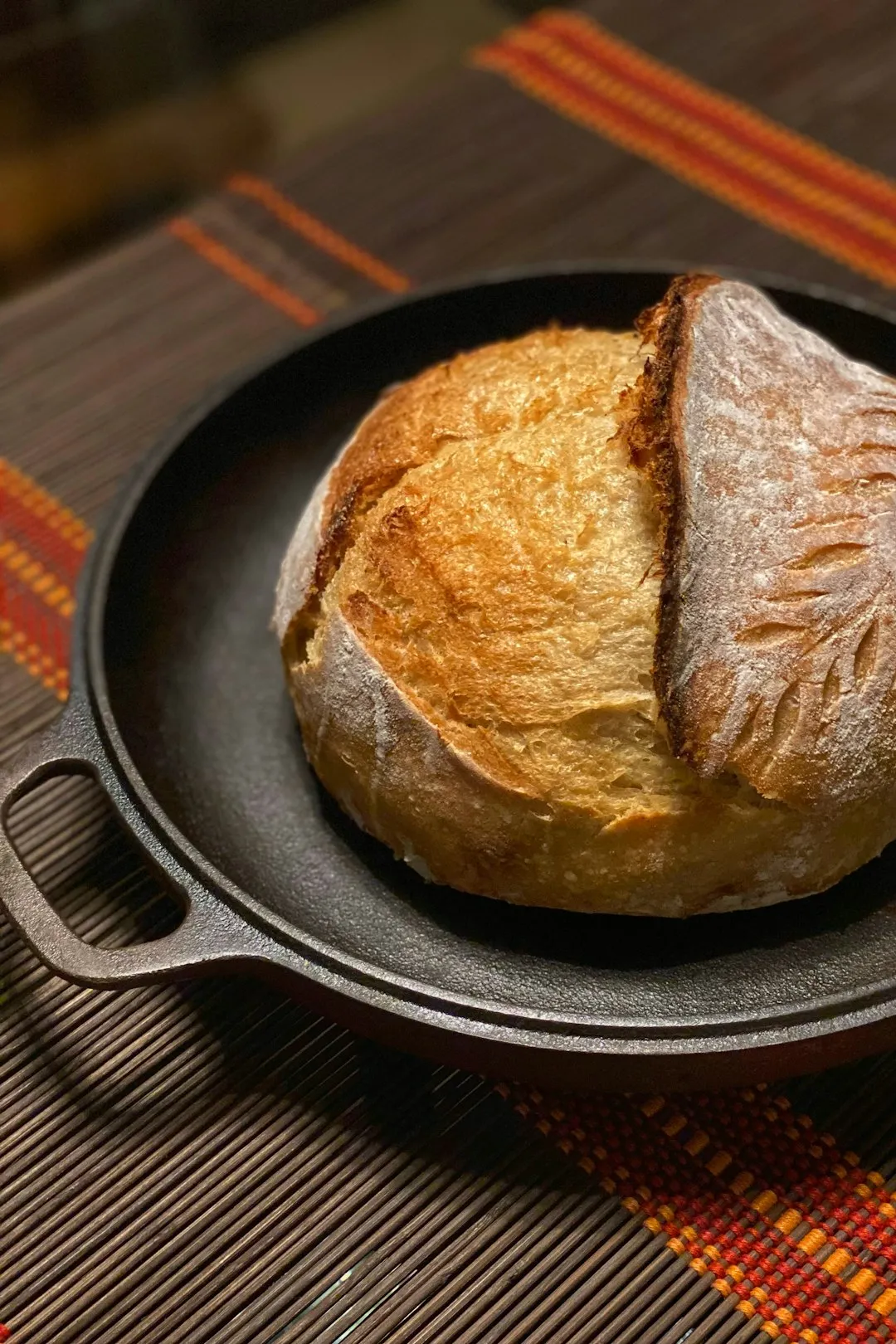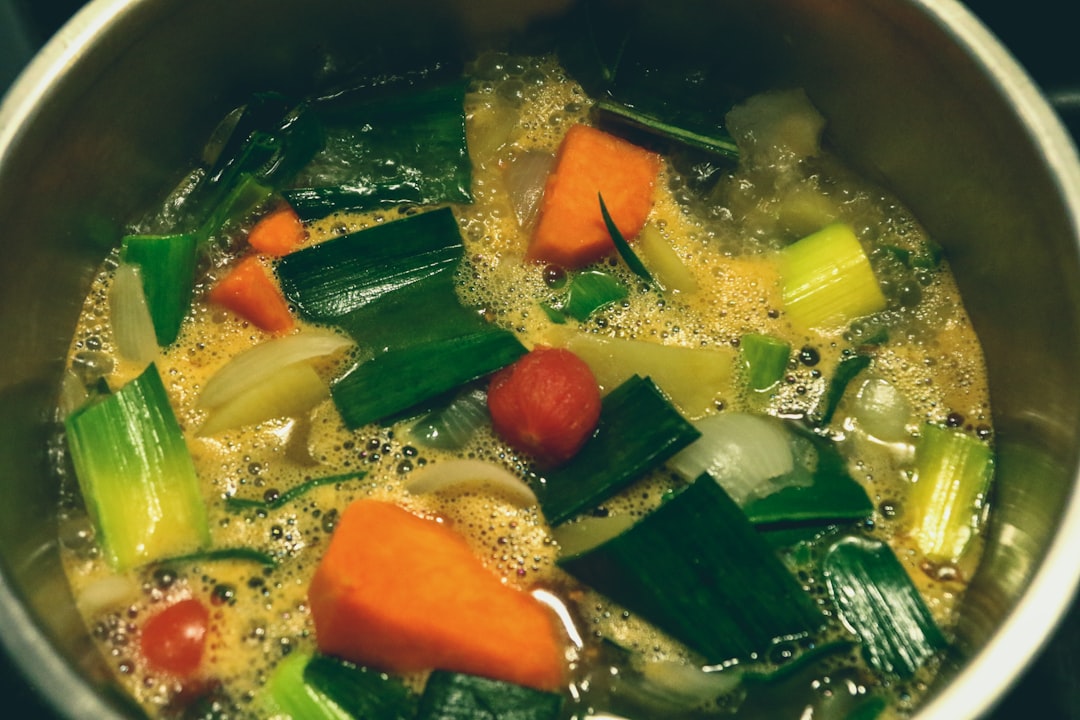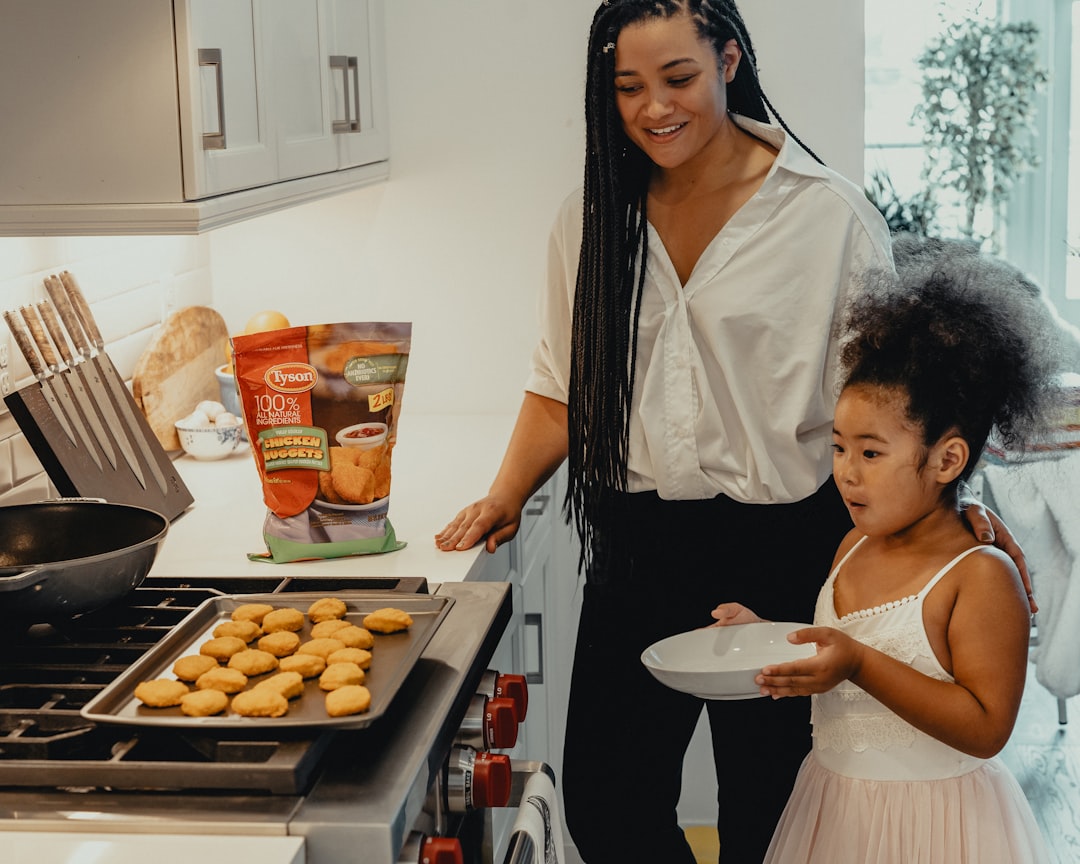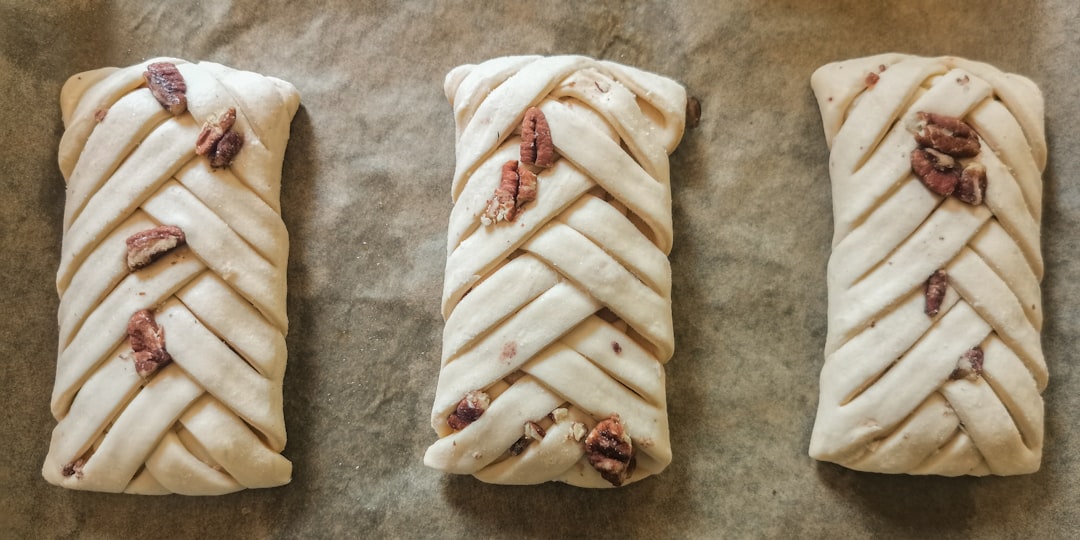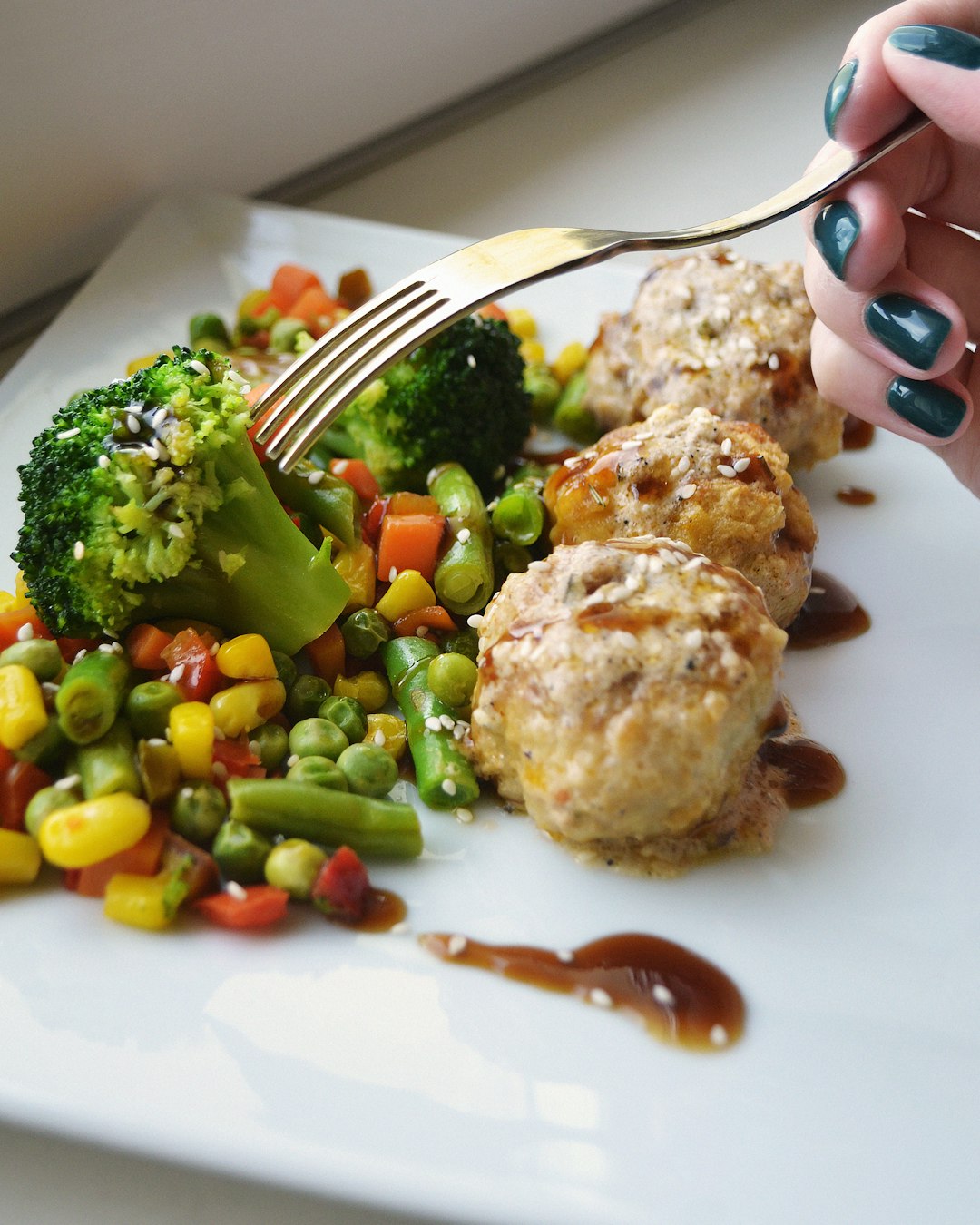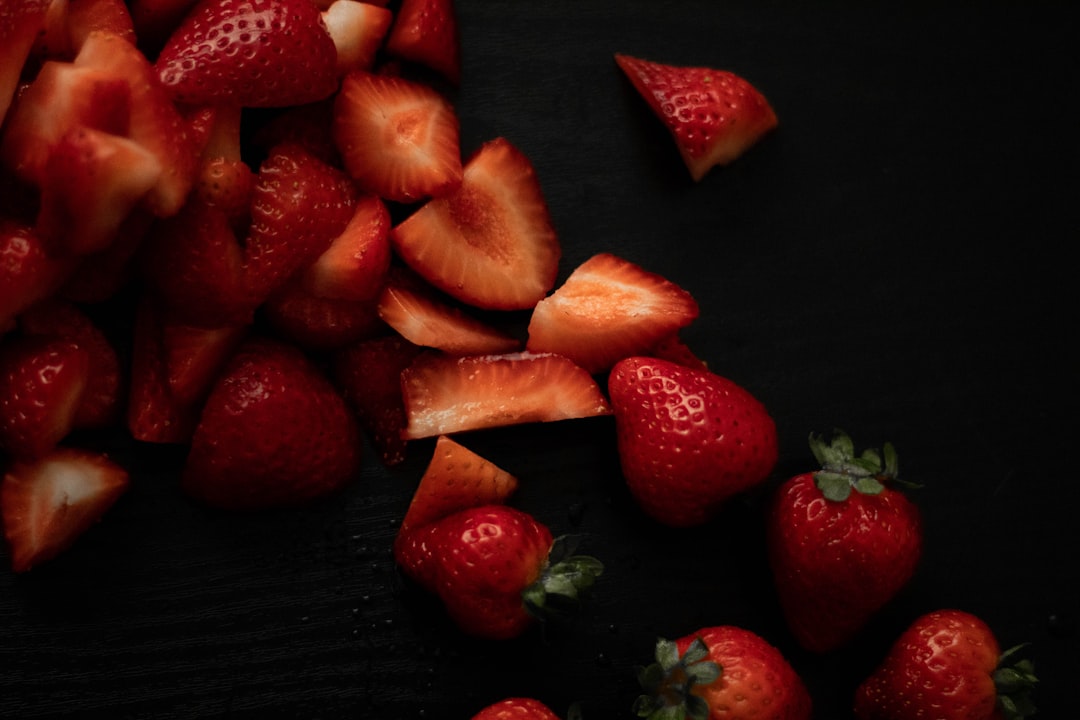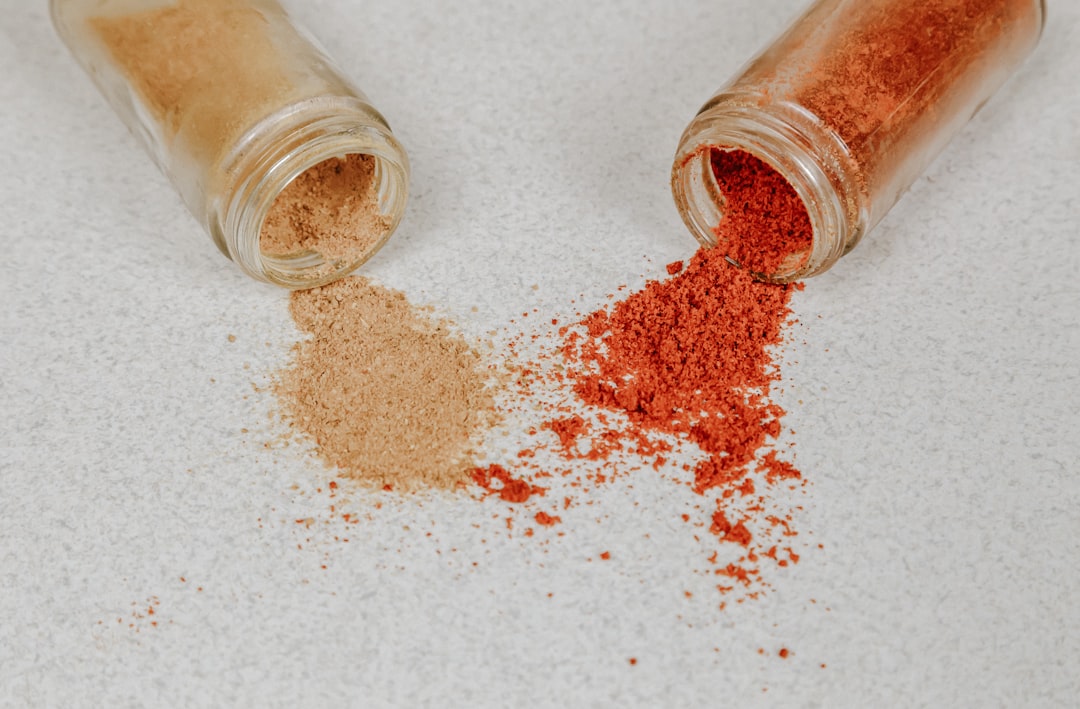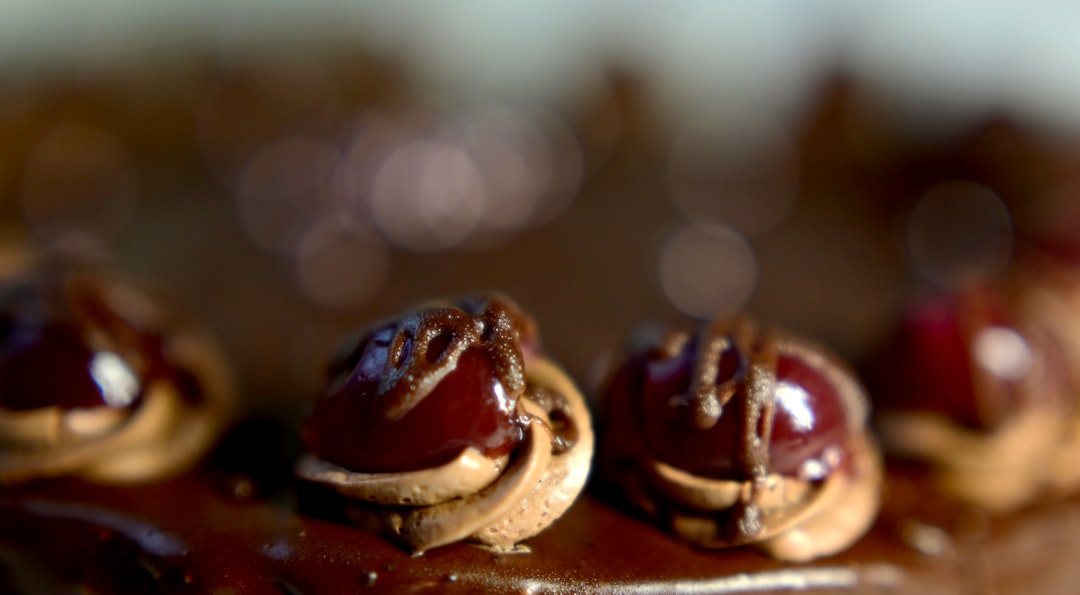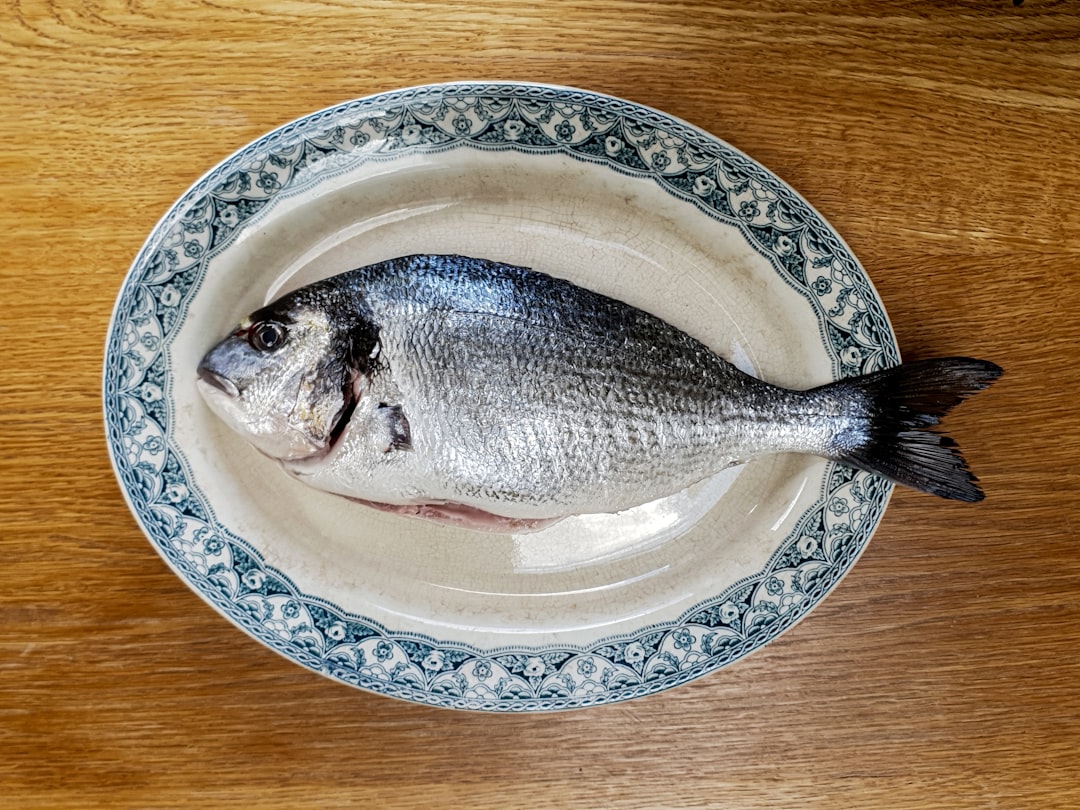A bread machine can indeed be a baking savior, offering the convenience of fresh - baked bread at the touch of a button. However, it also presents a host of potential hurdles that can leave even the most experienced bakers scratching their heads. Our Test Kitchen experts are here to walk you through what to do when using a bread machine for your bread desserts and baking needs.
One of the first challenges you might face is getting the right texture of the bread. Sometimes, the bread can come out too dense or too dry. This could be due to several factors. First, the type of flour you use matters a great deal. Different flours have different protein contents, which directly affect the texture of the bread. For a lighter texture, you might want to use bread flour with a higher protein content. It forms more gluten, which gives the bread a better structure.
Another factor is the amount of liquid in the recipe. If you add too little liquid, the bread will be dry. On the other hand, too much liquid can make the dough too sticky and result in a dense loaf. Our experts recommend following the recipe precisely, but also making small adjustments based on the humidity in your area. In a more humid environment, you might need to use a bit less liquid, while in a dry climate, a bit more could be necessary.
Temperature is also a crucial aspect. Bread machines rely on a specific temperature range for the yeast to work effectively. If the environment is too cold, the yeast might not activate properly, leading to a slow - rising or flat loaf. Conversely, if it's too hot, the yeast can over - ferment, giving the bread an off - flavor. You can place your bread machine in a warm, draft - free area to ensure optimal temperature conditions.
When it comes to bread desserts, such as bread pudding or cinnamon rolls made from bread machine - baked bread, the flavor and texture of the base bread are essential. For a sweeter bread dessert, you can add a bit of sugar or honey to the bread machine recipe. This not only enhances the taste but also helps with browning. You can also experiment with adding different flavorings like vanilla extract, lemon zest, or cocoa powder to the dough.
Cleaning the bread machine is another area where many people encounter difficulties. The non - stick coating on the bread pan can get damaged if you use abrasive cleaners. Our experts suggest using a mild dish soap and a soft sponge to clean the pan. Make sure to dry it thoroughly before using it again to prevent rusting. The kneading blade also needs to be cleaned carefully, as dough can get stuck in it. You can soak it in warm, soapy water and then gently scrub it clean.
For those who love to experiment with different bread recipes, it's important to understand the limitations of your bread machine. Some machines might not be able to handle very large or very small batches. You should always refer to the user manual to determine the appropriate batch size for your machine. Also, certain types of dough, like those with a high fat content or a lot of nuts and seeds, might require some adjustments to the standard settings.
In conclusion, while a bread machine can be a wonderful addition to your kitchen for making bread desserts and other baked goods, it's important to be aware of the potential hurdles and how to overcome them. By following the tips from our Test Kitchen experts, you can enjoy delicious, homemade bread and bread - based desserts with ease.
Whether you're a novice baker or a seasoned pro, the bread machine offers endless possibilities. You can create different types of bread, from classic white bread to whole - wheat and rye bread. And with a little creativity, you can turn that freshly baked bread into amazing desserts. So, don't let the potential challenges stop you from exploring the world of bread machine baking. Embrace the process, learn from your mistakes, and soon you'll be a master of bread machine - made treats.

